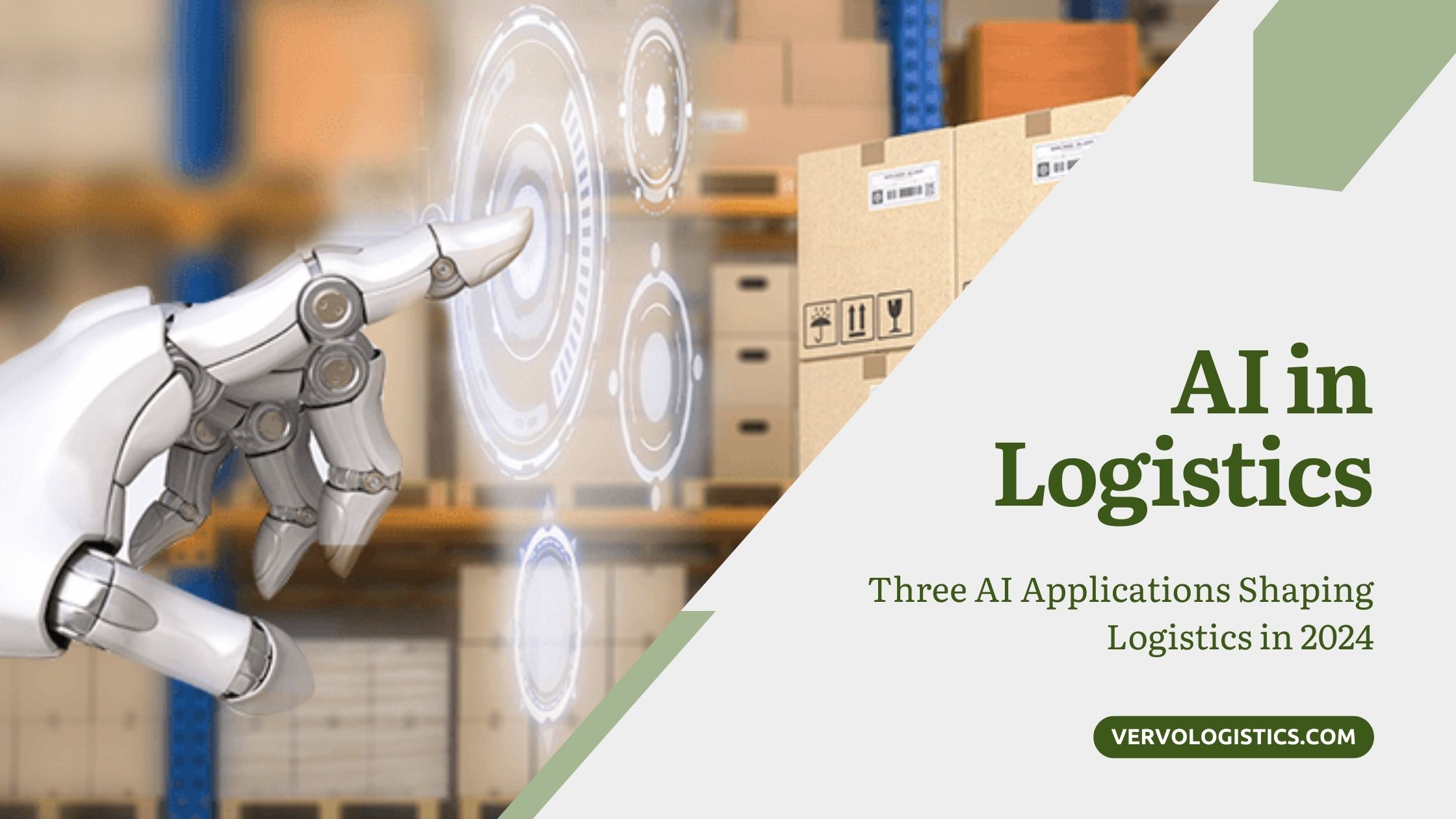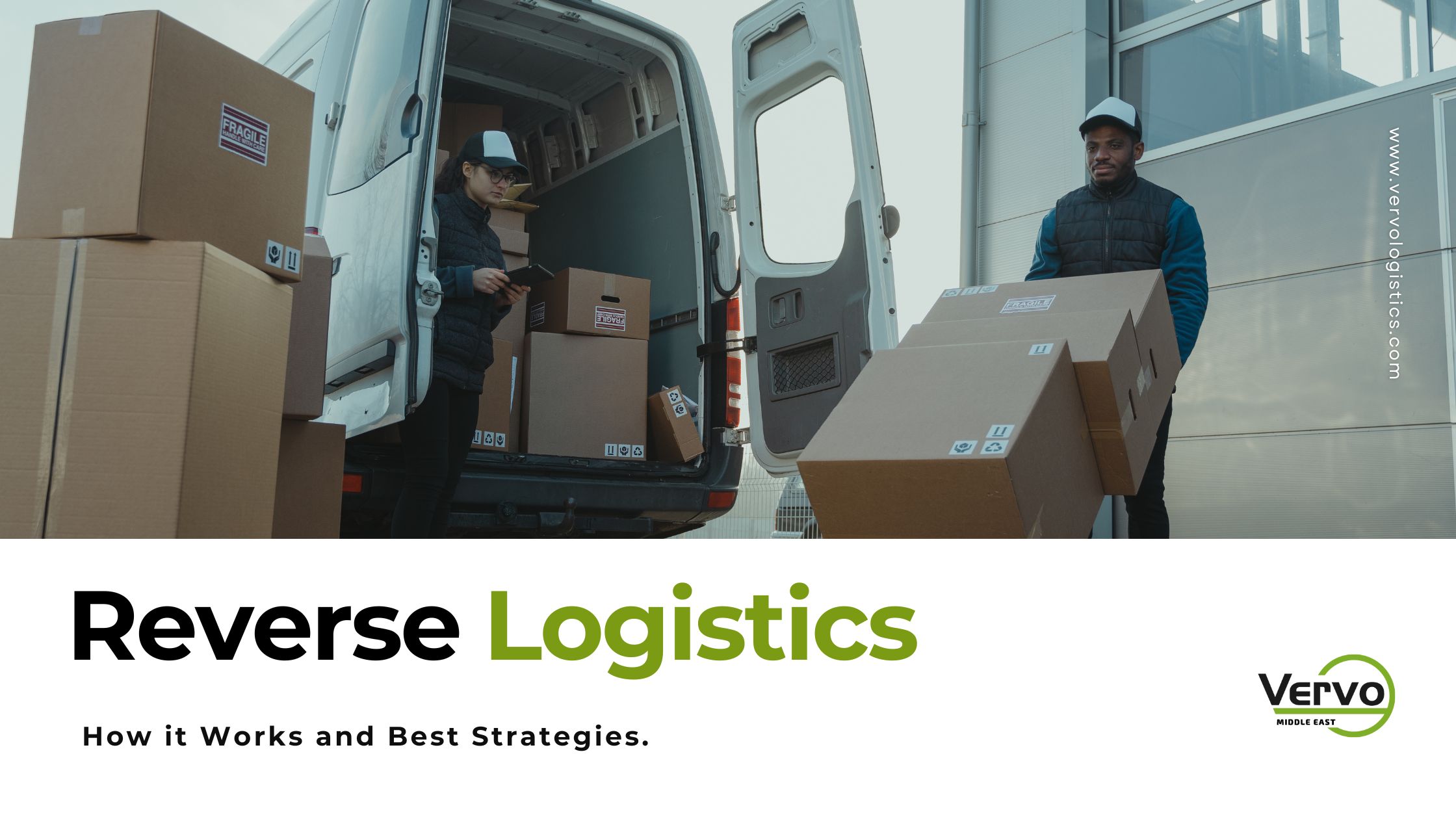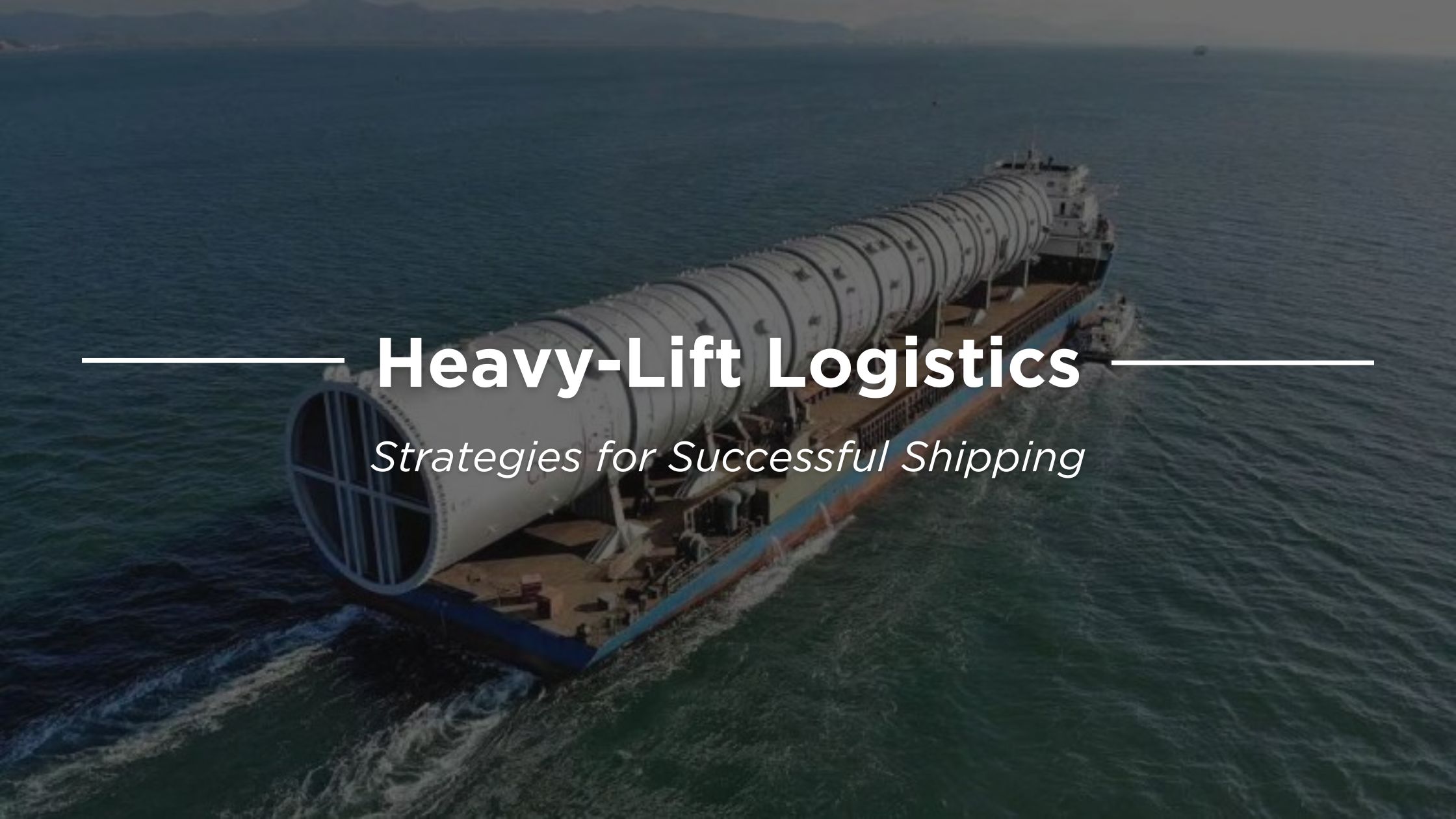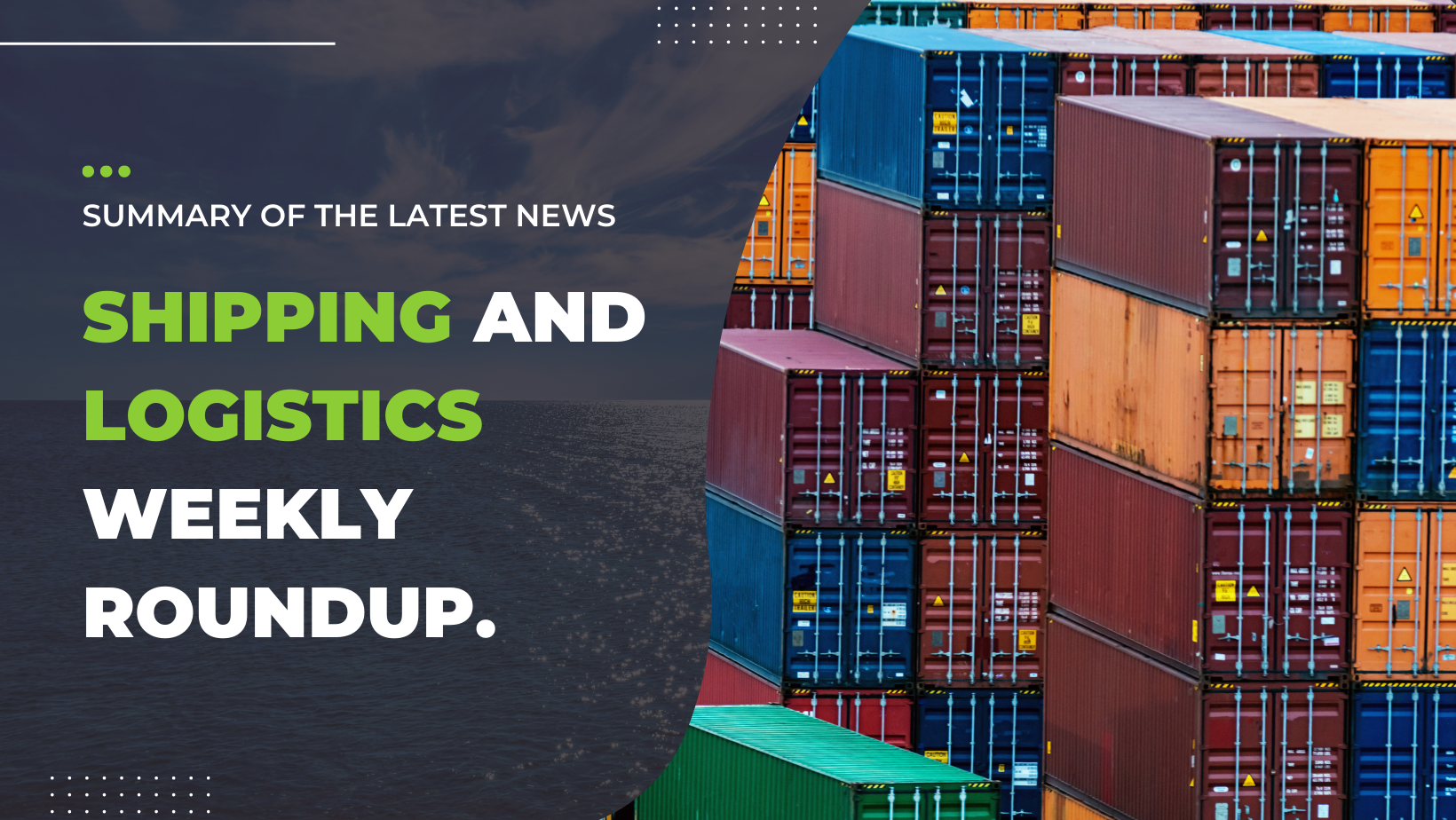In an age where instant gratification is not just desired but expected, the logistics industry has been under immense pressure to deliver—faster, smarter, and more efficiently.
Artificial Intelligence (AI) emerges as a game-changing force that's transforming the logistics landscape.
As we stand on the cusp of 2024, let's explore the top three AI applications that will redefine logistics this year!
Autonomous Vehicles and Drones for Delivery
The integration of autonomous vehicles, including trucks, drones, and even cargo ships, into the logistics sector has been a game-changer. These vehicles are equipped with sophisticated AI algorithms that enable them to navigate without human intervention. By processing vast amounts of data from sensors and cameras, they can make real-time decisions on the road or in the air.
One of the less known, yet pivotal, aspects of these AI systems is their ability to learn and adapt to different traffic patterns and environmental conditions. For instance, some autonomous trucks are now capable of adjusting their driving style to conserve energy when they sense a change in weather or traffic flow, a distinct advantage over traditional vehicles.
Impact of AVs and Drones on Logistics
☑️Reduced Costs: Autonomous vehicles started to gain popularity in the logistics industry as cutting-edge solutions that significantly reduce labor costs. AVs are not constrained by human working hours, allowing them to operate around the clock, thereby maximizing asset utilization. Furthermore, AI-optimized routing leads to less fuel consumption, which not only lowers costs but also minimizes the carbon footprint of delivery operations.
☑️Enhanced Safety: AI-driven systems have a remarkable ability to reduce accidents caused by human error, such as those due to fatigue or distraction. Through continuous monitoring and predictive analytics, AVs can anticipate and avoid potential hazards, making them safer than standard transportation. According to Oxford academic, autonomous vehicles could reduce traffic accidents by up to 90% once they become prevalent.
☑️Last-mile Delivery: Drones, in particular, are revolutionizing the concept of last-mile delivery. This is the most expensive and complex part of the delivery process, especially in congested urban landscapes or hard-to-reach rural areas. Drones are bridging this gap by providing rapid delivery solutions that were once thought impossible, especially in hard-to-access locations. Drones are not just limited to small packages; advancements in drone technology now allow for heavier cargo, with some drones capable of carrying several hundreds of pounds.
☑️Scalability: Perhaps the most critical aspect of autonomous vehicles and drones in logistics is their scalability. They provide a flexible solution to transportation needs, allowing companies to efficiently adapt to varying volumes of delivery demands. This scalability is not merely about handling more deliveries; it's also about optimizing each delivery route to ensure the most efficient use of resources.
Predictive Analytics for Demand Forecasting and Inventory Management
Predictive analytics is a sophisticated AI application that mines historical data to forecast future trends, demand patterns, inventory needs, and potential supply chain disruptions. This tool empowers logistics specialists to make strategic, data-driven decisions that enhance their operational efficiency.
One of the lesser-known facts about predictive analytics in logistics is its capability to incorporate external factors such as seasonal trends, economic indicators, and even social media sentiment to refine its forecasts. For example, AI systems can now analyze social media trends to predict surges in demand for certain products, allowing companies to adjust their inventory ahead of time.
Impact of Predictive Analytics on Logistics
☑️Optimized Inventory: AI-driven predictive analytics ensure that you maintain optimal inventory levels. By almost accurately forecasting demand, we avoid the costly pitfalls of overstocking or running into stockouts. This optimization not only saves on storage and capital costs but also streamlines the entire supply chain, making it more responsive on time.
☑️Improved Planning: With enhanced forecasting abilities, we, as logistics planners, can allocate resources more effectively. We accurately schedule shipments, manage warehouse space, and optimize labor according to predicted demands. This level of precision was once unattainable but is now becoming a reality, and we expect it to further redefine logistics this year with the growing application by logistics companies.
☑️Proactive Responses: The ability to foresee market fluctuations and potential disruptions allows us to be proactive rather than reactive. If predictive analytics indicates a likely delay in a shipment from a supplier, the client can source from an alternative before the issue impacts the supply chain. This proactive stance is pivotal in maintaining a seamless operation, especially in an industry where timing is everything. This, by default, impacts the end consumer.
AI-Powered Robotics in Warehouses
Robotic systems in today's warehouses are more than just machines; they're intelligent agents equipped with AI and ML, designed to automate complex tasks such as picking, packing, sorting, and transporting goods. What sets robots apart in this context is their ability to learn and improve through machine learning, enhancing their performance and efficiency with each task.
A fascinating, underreported aspect of these AI-powered robots is their use of advanced vision systems and sensors that allow them to interact with an unpredictable environment. They can identify and handle objects of various shapes and sizes, making decisions in real-time, much like a human would.
Impact of Warehousing Robotics on Logistics
☑️Increased Efficiency: AI robotics can work tirelessly, 24/7, without breaks or downtime, significantly increasing warehouse throughput. The speed and accuracy with which robots operate lead to a dramatic boost in efficiency.
☑️Reduced Human Error: By automating repetitive tasks, the incidence of human error is reduced. This ensures a higher level of accuracy in order fulfillment and inventory management.
☑️Labor Shortage Solutions: In an industry often plagued by labor shortages and high turnover rates, AI-powered robots are a reliable solution. They fill critical gaps in the workforce, taking over tasks that are difficult to staff, especially during peak times when demand surges and human labor can't scale as quickly. AI-powered robotics systems in warehouses can easily adapt to changing workflows, product lines, and seasonal demands without extensive reprogramming.
Our Remarks
We expect 2024 to be a tipping point in logistics, with wider applications of AI-enabled logistics across the globe and in the UAE!
The continued innovation and integration make the future of logistics look more autonomous, efficient, and safer.
We think that the blend of environmentally friendly solutions and setting new standards in operational efficiency, serves greatly the global sustainability goals.
It pushes the boundaries of what's possible in logistics, which is the backbone of the global economy.




